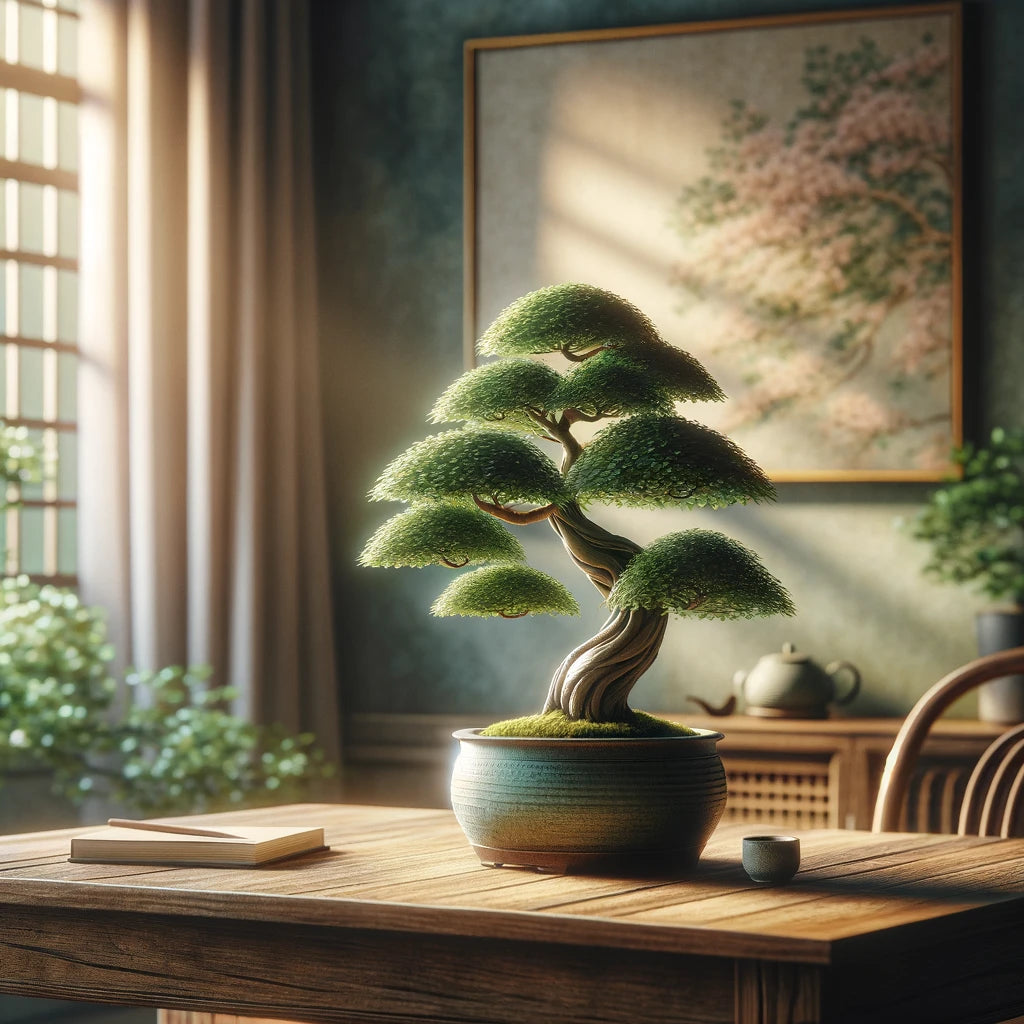
The Beginner's Guide to Bonsai Care: Cultivating Your Own Zen Garden
Welcome to the tranquil world of bonsai, where patience meets beauty in the palm of your hands. Bonsai, the art of cultivating miniature trees, is more than just gardening—it's a pathway to mindfulness and a deeper connection with nature. If you're embarking on this verdant journey, fear not; we've curated a beginner-friendly guide to help you start your bonsai adventure with confidence.
Understanding Bonsai: A Miniature Marvel
Before we dive into the care specifics, let's appreciate the essence of bonsai. Stemming from ancient Chinese horticulture and refined by Japanese culture, bonsai is the art of creating a miniaturized but realistic representation of nature in a small pot. This practice focuses on long-term cultivation and shaping, making it a rewarding, lifelong journey.
Choosing Your Bonsai
Your bonsai journey begins with choosing the right tree. For beginners, some forgiving and resilient species include the Ficus, Jade, and Chinese Elm. These species are adaptable and can thrive indoors, making them perfect for novice enthusiasts.
The Basics of Bonsai Care
1. Watering: Mastery of watering is crucial in bonsai care. The goal is to maintain a balance—neither too dry nor too soggy. A general rule is to water your bonsai when the topsoil feels dry. However, the frequency will vary depending on the species, size of the tree, pot, and environmental conditions.
2. Lighting: Most bonsai trees thrive in bright, indirect light. A spot near a south-facing window is ideal for ensuring your bonsai receives ample sunlight without the risk of leaf burn. The same rules apply for your outdoor bonsai.
3. Feeding: Nutrition is key to a healthy bonsai. Use a balanced, slow-release fertilizer during the growing season (spring through fall) to nourish your tree. In winter, reduce feeding as your bonsai enters a dormant phase.
4. Pruning: Pruning is both an art and a science, vital for maintaining your bonsai's shape and health. Start by trimming back any overgrown branches to maintain the tree's miniature stature. Additionally, regular pinching helps encourage bushier growth and refine your bonsai's shape.
5. Repotting: To prevent your bonsai from becoming root-bound and to replenish its soil, repotting every two to five years is necessary. This period varies with the growth rate of your bonsai species and the size of its container.
Creating a Bond
Caring for a bonsai goes beyond mere maintenance; it's about forming a bond with your miniature tree. Observing and tending to your bonsai's needs fosters a deep sense of mindfulness and connection to nature. Embrace this journey with patience and curiosity, and you'll find each day with your bonsai brings a new discovery.
Embrace the Journey
Remember, bonsai cultivation is a marathon, not a sprint. Mistakes are part of the learning process, providing invaluable lessons on the road to becoming a seasoned bonsai caretaker. With each passing season, you'll not only see your bonsai flourish but also find a serene escape in its miniature branches—a testament to the beauty of growth and patience.
As you embark on this rewarding endeavor, let your bonsai be a reminder of nature's wonders and the joy of nurturing life. Welcome to the bonsai community—we can't wait to see where this journey takes you.



Leave a comment